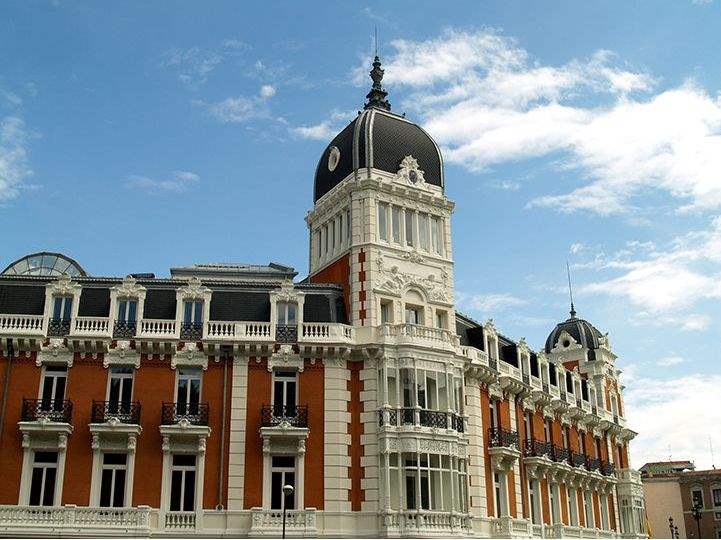The Savills World Cities Prime Residential Index recorded the weakest annual increase in capital value since the global financial crisis. What’s happened to global rental values, does it follow the same pattern?
Do rental values follow the same pattern?
The cost of renting a prime property in different cities across the world varies significantly. A prime 4,000 sq ft house ranges from US$7,510 per week in Hong Kong to US$1,140 per week in Dubai.
However, when renting a prime apartment, the rankings change. New York is the most expensive city, with a weekly rental cost of US$4,250 for a 2,000 sq ft prime apartment. This reflects the high-quality supply entering the prime market from newly completed developments.
.png)
Weekly rent for a prime house (4,000 sq ft) and prime apartment (2,000 sq ft) to December 2018
Source: Savills Research
How have rents changed?
As with capital values, prime residential rental growth slowed in 2018, recording an increase of 0.4% over the year compared with 1.6% in 2017 on average across all cities. However, unlike capital values, there was slightly higher growth in the second half of the year (0.3%) compared with the first half (0.1%).
.png)
Prime residential rental value growth to December 2018
Source: Savills Research
Madrid saw the highest rental growth in 2018 (8.9%), but the rate of increases slowed over the year, with the second half recording a rise of just 2.4%. Between July and December 2018, the strongest prime rental growth was in Shanghai and Beijing. Both cities saw rental growth accelerate over the year. By contrast, prime rental values fell in Shenzhen over the same period due to the uncertain economic environment and the withdrawal of overseas employees during the December holiday season.

How do the returns stack up?
The strong capital value growth seen in the prime residential city markets across the world since the global financial crisis has driven yields. The average prime residential yield stood at 3.2% in December 2018, a fall from 4.1% between December 2008 and December 2011. However, the rate at which yields are decreasing has slowed as capital value growth steadies.
Yields are becoming more important to investors in this market now they can no longer expect double-digit growth. Instead, they are making a more concerted search for income worldwide.
Within the prime residential city markets, there are significant variations. Some cities have seen strong rental growth and high rents but relatively low capital values. Rental yields are high in these cities. Miami, Los Angeles, Moscow and Dubai all have relatively high yields.
At the other end of the scale, Beijing, Shenzhen and Shanghai all have a prime residential yield below 2%. This is due to rental value growth not keeping pace with the high capital value growth.
.png)
Average rental yields in December 2018
Source: Savills Research
.jpg)